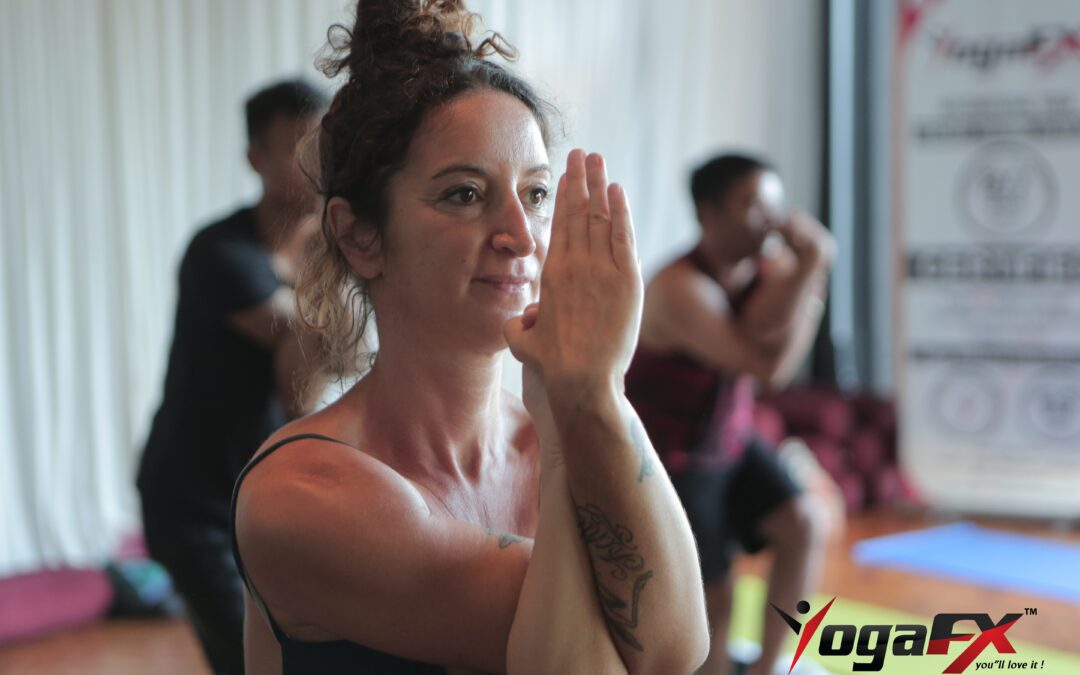Is hot yoga good for you? This question has been the subject of much debate and curiosity among yogis and fitness enthusiasts alike. Hot yoga, a practice performed in a heated room, has gained popularity for its unique combination of physical intensity and detoxifying effects. However, it’s essential to understand the potential benefits and considerations before diving into this sweaty practice. In this article, we will explore the effects of hot yoga on the body and mind, its potential benefits, and important considerations to keep in mind when practicing in a heated environment. So, let’s unravel the truth and discover whether hot yoga is indeed a beneficial practice for you.

What is Hot Yoga?
Hot yoga is a style of yoga practiced in a heated room, typically ranging from 95 to 105 degrees Fahrenheit (35 to 40 degrees Celsius). This elevated temperature is believed to mimic the hot and humid climate of India, where yoga originated. The heat is intended to promote flexibility, increase blood circulation, and facilitate detoxification through sweating. Hot yoga classes often follow specific sequences, such as the popular 26 and 2 yoga, also known as Bikram yoga, which includes a set series of 26 postures and two breathing exercises.
“Your True Nature Is Hidden Inside Your Mindful Capacity To Remember & Action Wisdom Within This Illusion, Not External”
The Benefits of Hot Yoga
Hot yoga offers a range of potential benefits for both the body and mind. Here are some key advantages of practicing hot yoga:
1. Increased flexibility and joint mobility:
The heat in the room allows muscles to warm up quickly, making them more pliable and flexible. This can lead to increased range of motion and improved joint mobility.
2. Detoxification and cleansing of the body:
Sweating profusely during yoga helps release toxins from the body, promoting detoxification and purification. The heat also opens up the pores, aiding in the elimination of impurities through the skin.
3. Enhanced cardiovascular fitness and calorie burning:
The combination of the physical postures, the heat, and the continuous movement in hot yoga classes can provide a cardiovascular workout, increasing heart rate and calorie expenditure. This can contribute to weight loss and improved overall fitness.
4. Improved mental focus and concentration:
The heat and intensity of yoga require concentration and focus. By practicing in a challenging environment, you can cultivate mental resilience, discipline, and the ability to stay present in the moment.
5. Stress reduction and relaxation:
yoga can be a great way to reduce stress and promote relaxation. The practice encourages deep breathing and mindfulness, helping to calm the mind and release tension from the body.

Considerations for Hot Yoga Practice
While yoga offers numerous benefits, it’s important to approach the practice with caution and awareness. Consider the following factors before diving into a yoga class:
1. Health and safety precautions:
Consult with a healthcare professional if you have any pre-existing health conditions or concerns. Stay hydrated before, during, and after class, and listen to your body’s cues to prevent overheating or dehydration.
2. Individual tolerance and comfort levels:
Some individuals may find the heat and humidity of yoga challenging to tolerate. It’s essential to listen to your body, take breaks as needed, and modify poses to suit your comfort level.
3. Personal preferences and goals:
yoga may not be suitable for everyone. If you prefer a cooler environment or have specific fitness goals, other styles of yoga or fitness activities may be more suitable for you.
Tips for a Positive Hot Yoga Experience
To make the most of your yoga practice, consider the following tips:
1. Preparing for a hot yoga class:
Hydrate well before class and bring a water bottle to sip on during the practice. Wear lightweight, breathable clothing, and consider bringing a towel or yoga mat towel for sweat absorption.
2. Mindful practice in the heat:
Take breaks when needed and honor your body’s limits. Focus on maintaining a steady breath and engage in modifications or variations of poses if necessary. Listen to your instructor’s cues and ask for guidance or adjustments when needed.
3. Post-class recovery and self-care:
After a yoga class, replenish your fluids with water or electrolyte-rich drinks. Enjoy a nutritious meal to refuel your body, and take time to rest and relax to allow your body to recover.
Hot Yoga and Individual Considerations
It’s important to consider individual factors when deciding if yoga is right for you. Factors such as fitness level, previous injuries or health conditions, and personal preferences should all be taken into account. If you have specific goals or aspirations to become a yoga teacher, exploring yoga teacher training programs can provide valuable knowledge and guidance. Look for reputable programs such as the Bikram Hot YogaFX teacher training offered by Mr. Ian YogaFX, which is Yoga Alliance certified and recognized by ACE (American Council on Exercise).

Conclusion
In conclusion, yoga can be a beneficial practice for many individuals, offering a unique combination of physical and mental benefits. However, it’s important to approach yoga with awareness, considering individual factors and practicing with mindfulness and caution. If you’re interested in deepening your practice or becoming a yoga teacher, exploring reputable hot yoga teacher training programs online can provide the necessary education and certification. Embrace the heat, challenge your body and mind, and enjoy the transformative effects of this sweaty practice.

